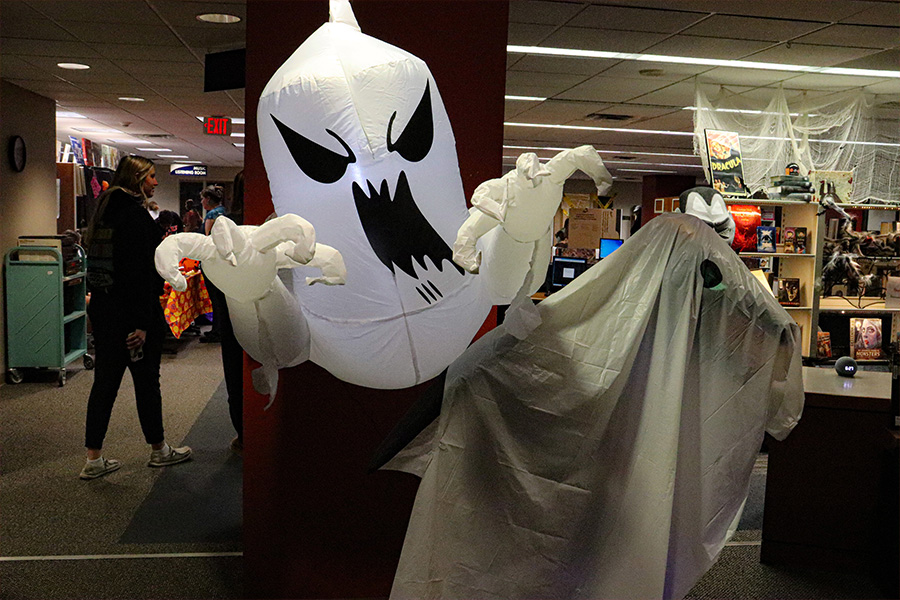The NFL got more than it could have possibly asked for from the bout between AFC powerhouse Pittsburgh Steelers and NFC underdog Arizona Cardinals in the Super Bowl.
The game symbolized what the NFL has stood for since the beginning with the small-market Cardinals grasping hold of the chance to make a name for themselves in the playoffs and never looking back en route to the big game and the historic Steelers team restoring the Pittsburgh glory days once more.
Not to mention, the Super Bowl illustrated exactly how prominent the league has become in terms of being the best in the U.S. On the biggest stage with everyone watching, two teams performed at high levels until time had expired and the lead had changed hands at an incredible rate in the fourth quarter, displaying just the perfect kind of football.
That is not to say, however, that the NFL has become the perfect league. Imagine the Cardinals playing without Kurt Warner or the past Super Bowl without Adam Vinatieri’s clutch kicking.
On a more local stage, picture the Chiefs without Pro Bowl guard Brian Waters, their most consistent offensive lineman for the past few years. I asked you to do this because in the future, players with stories like theirs will simply not exist.
This is because NFL Europe is no more and the Arena Football League suspended its season and has a cloudy future. All the players listed above needed more time to develop their skills and used one or both of these football leagues to keep improving.
With an unstable economy, no one can expect any lower level leagues to be on the horizon any time soon. So what can the NFL do to increase player development and thus give itself increased options for player talent?
One idea might be expanding the active roster.
Right now, only 53 players can suit up on game days. By making this number closer to 70, the toll of injuries would be less significant.
If for nothing else, the teams would not be forced to suit up street free agents and in some instances have those players start with no more than a week of practice with the team.
Also expanding the practice squad numbers from eight or nine to closer to 20 would allow players more time to understand the team’s playbook and allow the team to become a more complete competitor.







